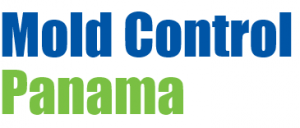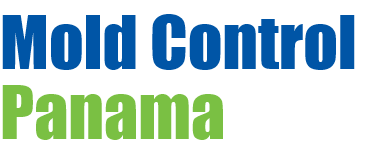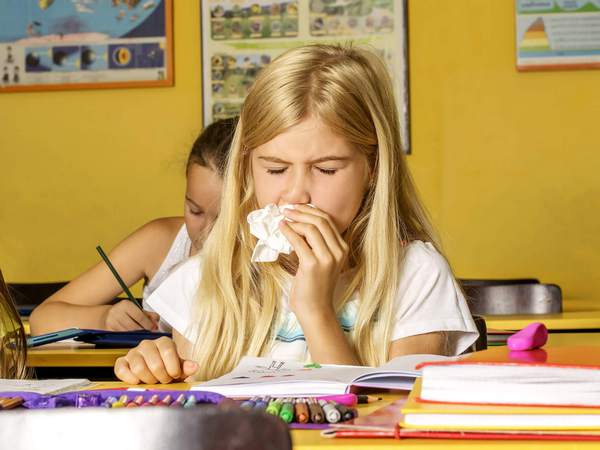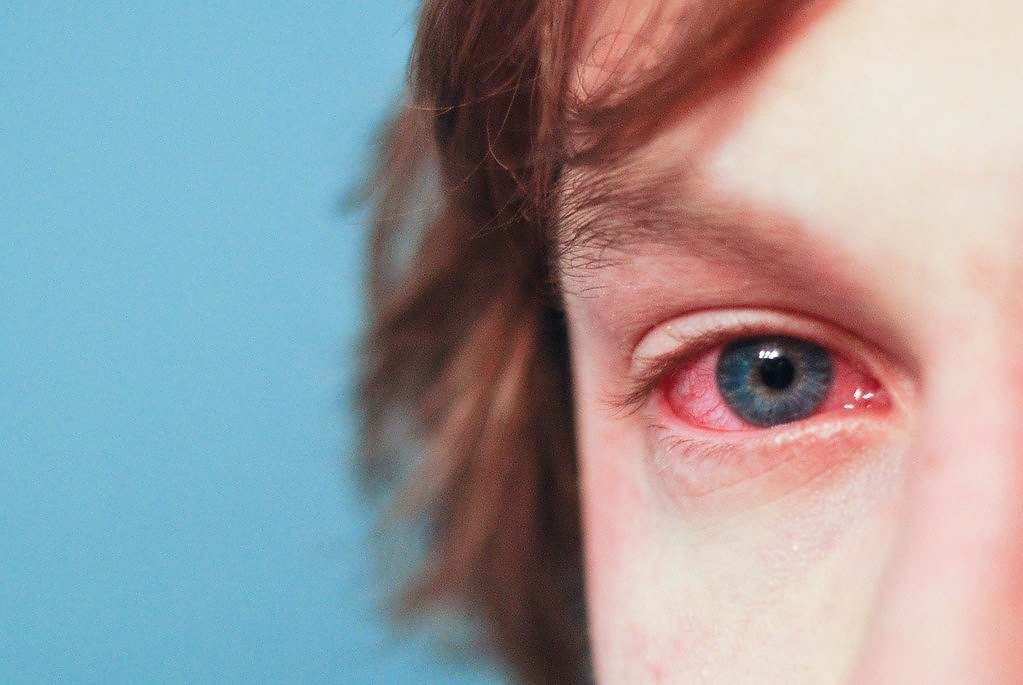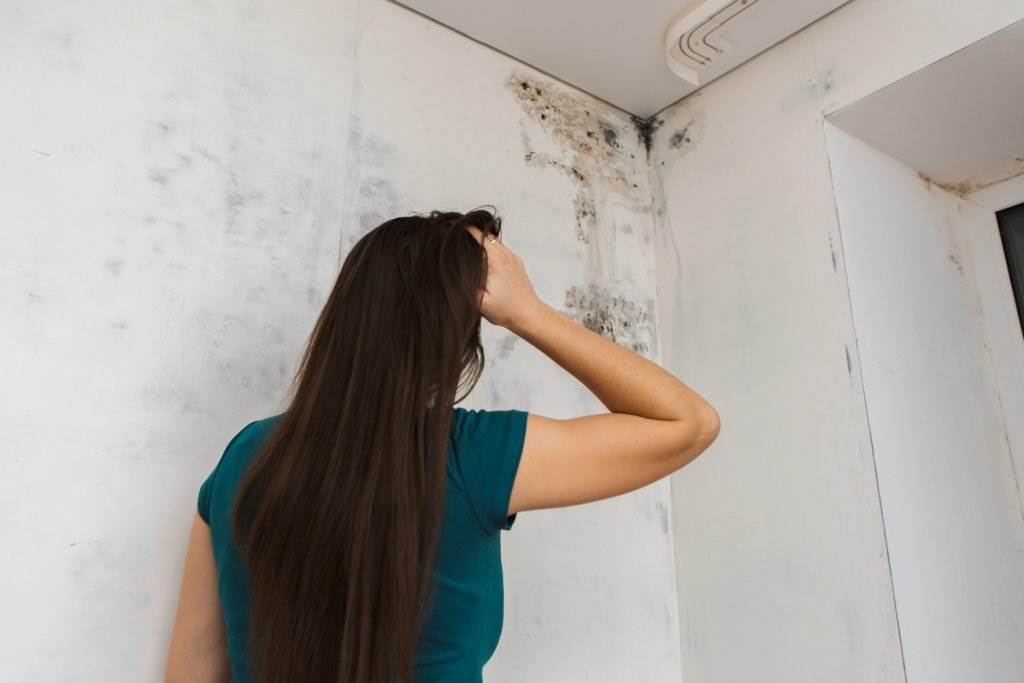
7 Places Mold Could Be Lurking in Your Facility
Finding and locating the sources of moisture—and then removing them—can put an end to your facility’s mold problems once and for all.
Mold is part of our natural environment, which means it can find a home on any surface or in any nook of your facility. When that mold starts eating away at materials, and affecting the look, smell or even the structural integrity of a building (particularly with wood-framed structures), the problem can quickly become a major issue.
Mold can grow on virtually any substance, as long as moisture or water, oxygen and an organic source are present. Molds reproduce by creating tiny spores (viable seeds) that usually require magnification in order to be seen by the naked eye, and its spores continually float through the indoor and outdoor air.
How mold impacts your building
When mold spores land on a damp spot and begin growing, they digest whatever they land on in order to survive. There are molds that grow on wood, paper, carpet, food and insulation, OSHA notes, while other molds feast on the everyday dust and dirt that gather in the moist regions of a building.
In addition to its unsightliness and damaging effects, mold also impacts human health. For example, certain molds produce allergens that can trigger allergic reactions or even asthma attacks in people allergic to mold, the U.S. Environmental Protection Agency (EPA) points out in its Mold Remediation in Schools and Commercial Buildings Guide.
Other molds are known to produce potent toxins and/or irritants, the EPA says, noting that potential health concerns are an important reason to prevent mold growth and to clean up any existing indoor mold growth.
Mold starts to multiply whenever excessive moisture or water accumulates indoors, and can run rampant if the moisture problem itself remains uncorrected. “While it is impossible to eliminate all molds and mold spores,” OSHA points out, “controlling moisture can control indoor mold growth.”
The good news is that by finding and eradicating that source of moisture, you can reduce the chances of ever getting mold in the first place. Here are seven mold hotspots you may have missed in your facility where this approach can make the biggest impact:
Preventing and limiting mold growth
Since mold requires water to grow, avoiding and removing moisture problems can greatly reduce its chances of thriving in your facility. When mold growth occurs in buildings, employees may experience adverse health problems, particularly if they have existing allergies or respiratory problems.
Preventing these and other problems associated with mold requires good moisture prevention year-round. “When water leaks or spills occur indoors, act promptly,” OSHA advises. “Any initial water infiltration should be stopped and cleaned promptly. A prompt response (within 24-48 hours) and thorough clean-up, drying and/or removal of water-damaged materials will prevent or limit mold growth.”
If you find mold, call us to help guide you through a full assessment and remediation program.
